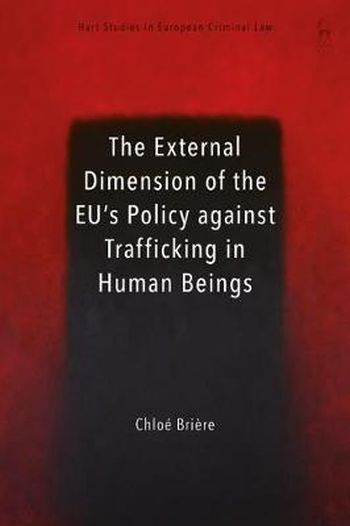
This book seeks to determine to what extent the European Union's efforts to promote its approach to combating trafficking in human beings at the external level contribute to their adoption and implementation outside its borders.
It is divided in three parts. The first part aims to identify the legal context in which the European Union conducts its externalisation efforts. In the second part, the work done by other actors who are also involved in promoting anti-trafficking activities in the Western Balkans region is analysed, as it also participates to the development of counter-trafficking measures and promote cooperation. The third and final part aims to assess the impact on national legislation and policies of the joint efforts of the European Union and its partners to promote a comprehensive approach to combating trafficking in human beings.